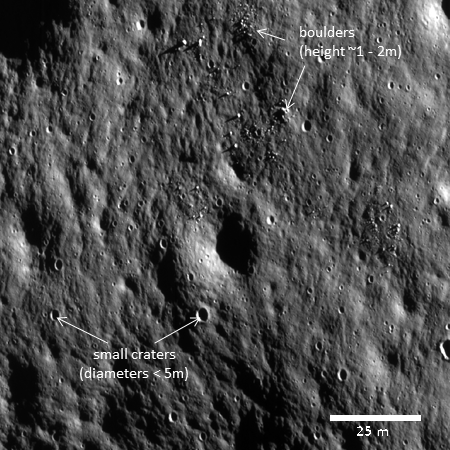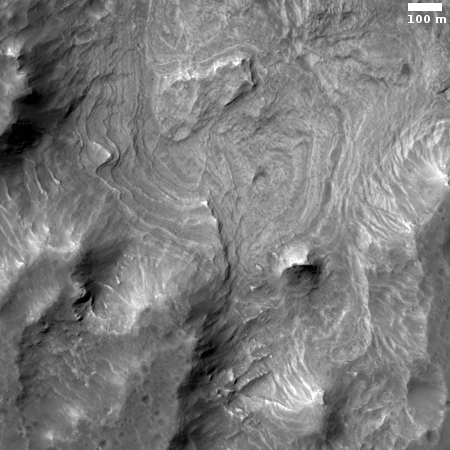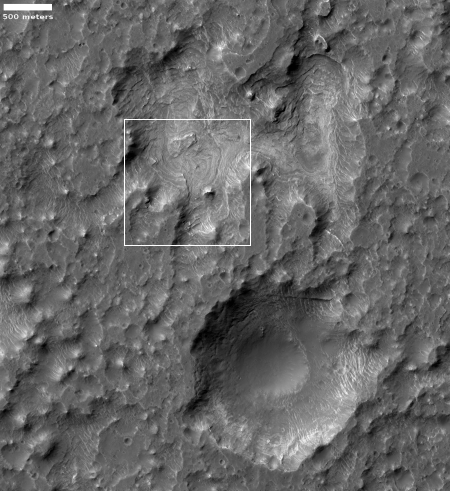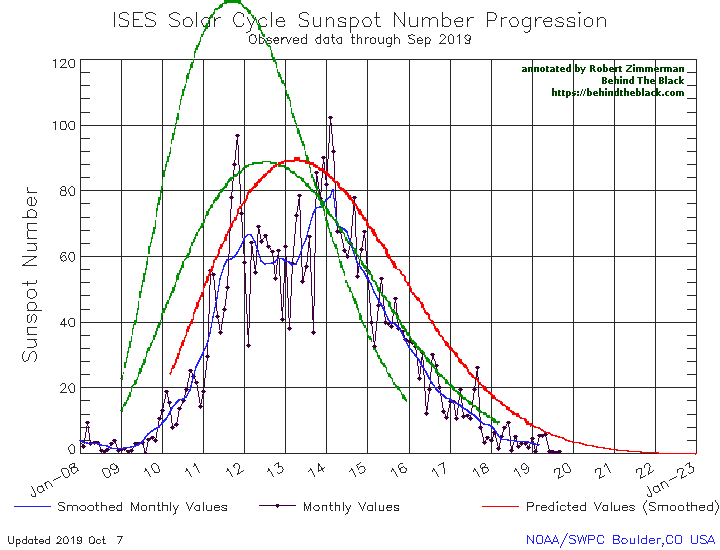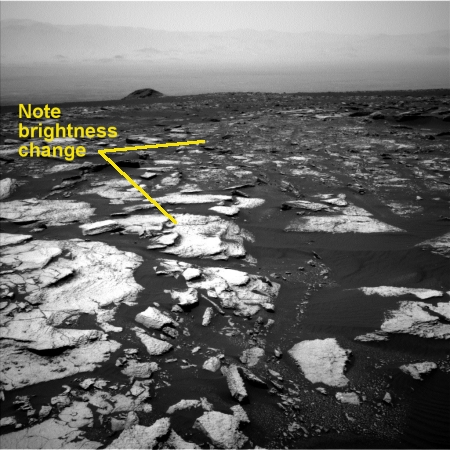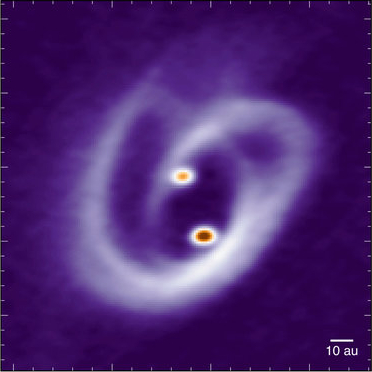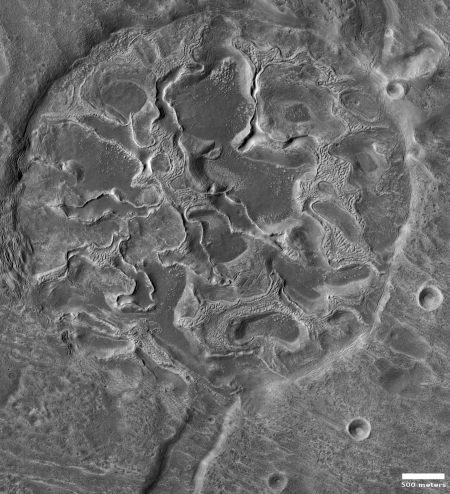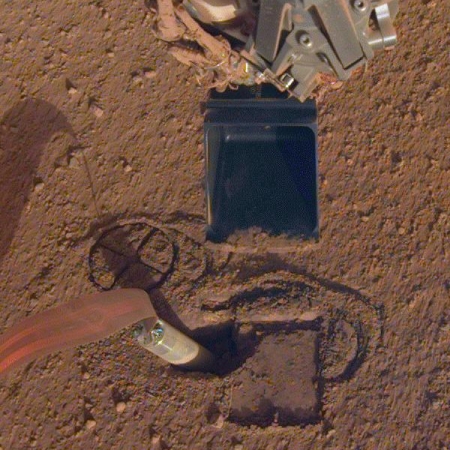Justice expands investigation into coup attempt against Trump
The Justice Department investigation by John Durham into the Obama-initiated spying on the Trump campaign, followed by an effort to frame Trump with the fake accusation that he colluded with the Russians, has now been expanded.
Fox News previously reported that Durham would be reviewing the days leading up to the 2016 election and through the inauguration.
However, based on what he has been finding, Durham has expanded his investigation adding agents and resources, the senior administration officials said. The timeline has grown from the beginning of the probe through the election and now has included a post-election timeline through the spring of 2017, up to when Robert Mueller was named special counsel.
Meanwhile, the Democrats effort to frame Trump again, this time in connection with his phone call with the head of Ukraine, continues to unravel. Some recent stories:
- Report: Anti-Trump Whistleblower Concealed Contacts With House Democrats From Inspector General
- Whistleblower had ‘professional’ tie to 2020 Democratic candidate
- Comey spokesman got gifts from CNN and NYT, lied to investigators
- White House announces it will not comply with ‘illegitimate and unconstitutional’ impeachment inquiry
- Document reveals Ukraine had already reopened probe of Hunter Biden-linked firm months before Trump phone call
As I noted in my October 1 essay on the fake nature of the Democrat’s impeachment effort, this mirrors the situation with their fake Russian-collusion accusations. As more evidence is uncovered the more untrustworthy those accusations appear.
I remain skeptical at the seriousness of the Trump Justice Department’s new investigation however. The MO of the Washington Republican crowd so far has been to gather information that shows the corruption within the federal government, release it, and then do nothing. Unless they move forward with actual indictments this will all be another variation of failure theater.
UPDATE: This article, Who Does the Whistleblower Know?, provides a nice timeline and summary of what we presently know, all of which appear to point to real corruption on the part of both Joe Biden and the Democrats in Congress and the executive bureaucracy.
The Justice Department investigation by John Durham into the Obama-initiated spying on the Trump campaign, followed by an effort to frame Trump with the fake accusation that he colluded with the Russians, has now been expanded.
Fox News previously reported that Durham would be reviewing the days leading up to the 2016 election and through the inauguration.
However, based on what he has been finding, Durham has expanded his investigation adding agents and resources, the senior administration officials said. The timeline has grown from the beginning of the probe through the election and now has included a post-election timeline through the spring of 2017, up to when Robert Mueller was named special counsel.
Meanwhile, the Democrats effort to frame Trump again, this time in connection with his phone call with the head of Ukraine, continues to unravel. Some recent stories:
- Report: Anti-Trump Whistleblower Concealed Contacts With House Democrats From Inspector General
- Whistleblower had ‘professional’ tie to 2020 Democratic candidate
- Comey spokesman got gifts from CNN and NYT, lied to investigators
- White House announces it will not comply with ‘illegitimate and unconstitutional’ impeachment inquiry
- Document reveals Ukraine had already reopened probe of Hunter Biden-linked firm months before Trump phone call
As I noted in my October 1 essay on the fake nature of the Democrat’s impeachment effort, this mirrors the situation with their fake Russian-collusion accusations. As more evidence is uncovered the more untrustworthy those accusations appear.
I remain skeptical at the seriousness of the Trump Justice Department’s new investigation however. The MO of the Washington Republican crowd so far has been to gather information that shows the corruption within the federal government, release it, and then do nothing. Unless they move forward with actual indictments this will all be another variation of failure theater.
UPDATE: This article, Who Does the Whistleblower Know?, provides a nice timeline and summary of what we presently know, all of which appear to point to real corruption on the part of both Joe Biden and the Democrats in Congress and the executive bureaucracy.


